The philosopher George Santayana (1910) famously stated, “Those who cannot remember the past are condemned to repeat it.” (p. 284). In other words, the “best” way to prepare for the future is to study the past and through that, identify patterns and trends, and then extrapolate them into the future. There is of course a fundamental assumption here—that the patterns of the past will faithfully extend into the future. It may be argued that this assumption, if ever true, is not necessarily applicable in the tumultuous times in which we live in today. So how are we are educators supposed to think about the future and plan for it?
We (Sean Leahy, Ben Scragg, and I) explore this topic in a recently published chapter in a book titled Uncertainty: A Catalyst for Creativity, Learning and Development (edited by Beghetto and Gaeger). Complete citation and abstract given below.
Leahy, S., Scragg, B., & Mishra, P. (2022). Creatively confronting the adjacent possible: Educational leadership and the Fourth Industrial Revolution. In R. Beghetto, & G. J. Gaeger (Eds.) Uncertainty: A Catalyst for Creativity, Learning and Development. Springer.
Abstract: In this chapter we explore the unknown possibilities that lie in the shad- ows of disruptions and innovations known as the adjacent possible. We frame the challenges educational leaders face when trying to prepare for an increasingly vola- tile, uncertain, complex, and ambiguous world that is propelled into the Fourth Industrial Revolution imbued with rapidly changing and unevenly distributed technological proliferation. Throughout our chapter, we offer strategic mindsets in design and futures thinking to combat the growing challenges of preparing educational systems that are rife with existing deep and complexly interwoven wicked problems for uncertainty. We propose that looking to the past, we can discover insights into meta-patterns and the ways we failed to predict the futures that emerged from previous discoveries and innovations. Using this frame, we discuss the potential of combining the interconnected mindsets of futures thinking and design, not to predict the future, but to prepare our educational systems for the uncertainty of the future.

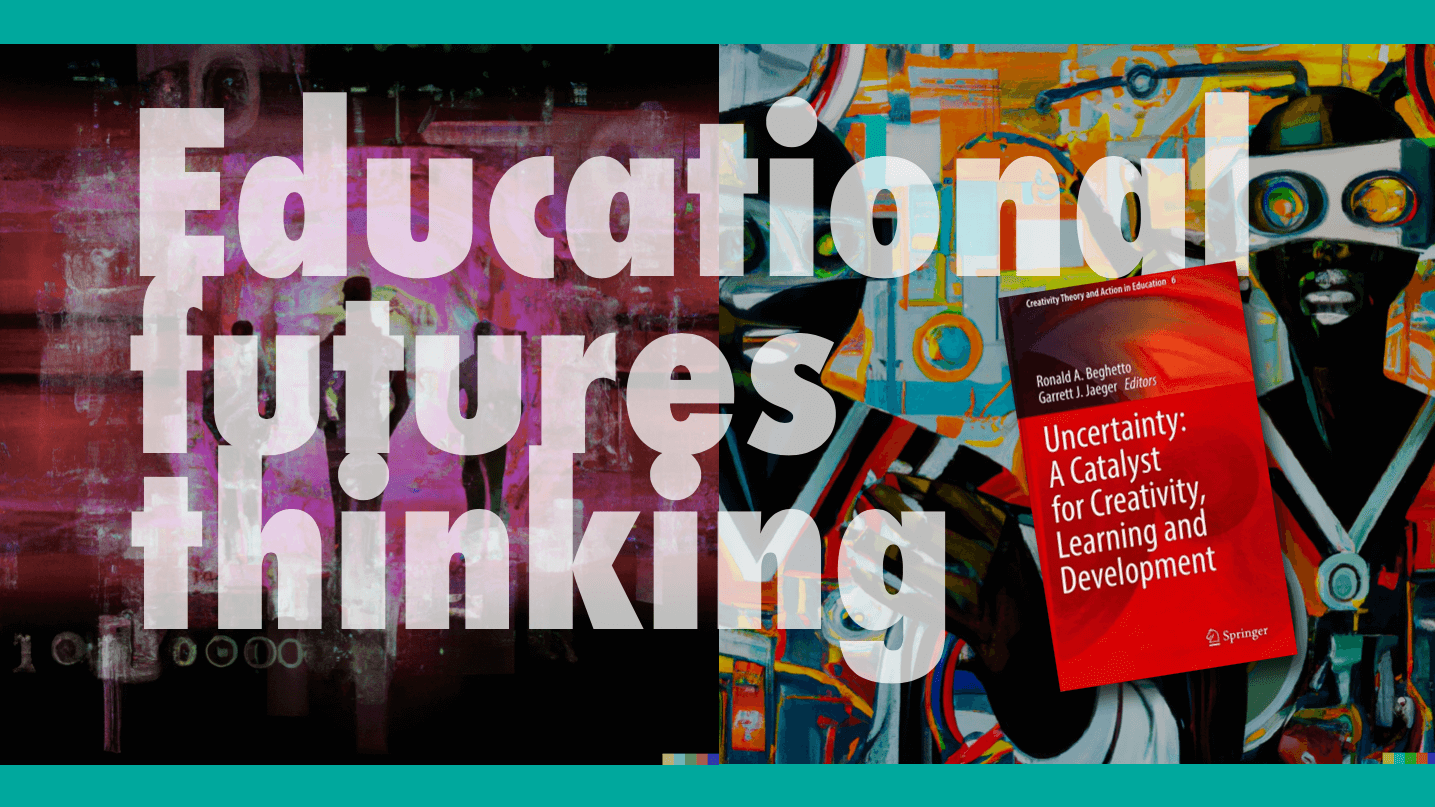
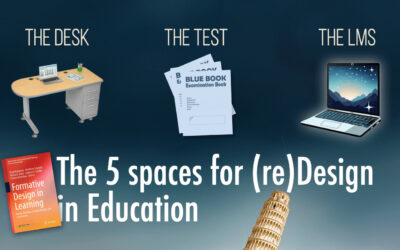
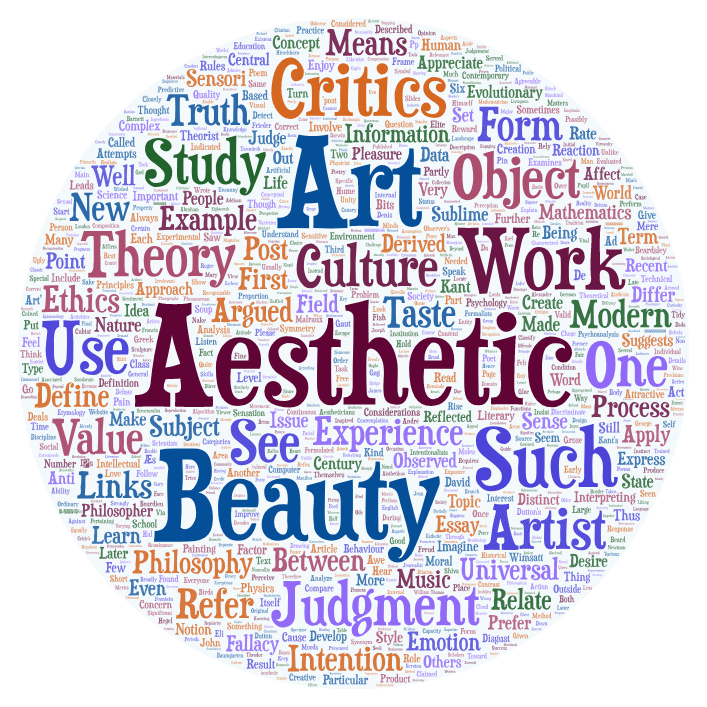
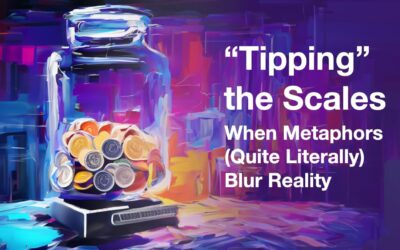
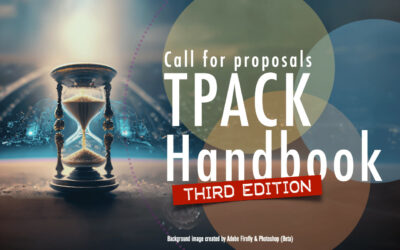
0 Comments